Our content strategy agency provides B2B website content services, SEO content strategy, and web content solutions to help your website perform better with users and Google. The Team Trusted By What is content strategy? Content strategy plans for creating, delivering, organization, optimization, governance, and measurement of useful and valuable content for your digital marketing channels and website. With close to two decades in the digital marketing, SEO, and content marketing space, we know that you must adopt a “brand as publisher” approach to engaging consumers for your company to compete in Google and increase conversions. Here are a few content strategy and creation challenges we help solve: Compelling content is the cornerstone of successful online marketing. However, content is more than just words on a page, it’s a powerful tool for engaging your audience, building brand loyalty, and driving business growth. Larsen Billing is a medical billing company located in Utah. They had been searching for a marketing agency for years and had been disappointed with the experiences they were having. They reached out to us to help them grow their brand online by creating a visual and content experience that their target audience would gravitate towards. CEO, Larsen Billing Research shows that 74% of B2B buyers conduct over half of their research online before making a purchase decision. A well thought out content strategy positions your brand as a thought leader, provides valuable insights, and builds trust. Our objective is a holistic strategy that aligns brand building with user intent and keyword value to increase web traffic, leads, and sales. Every great content strategy begins with understanding your audience. Website personas represent your ideal customers – their goals, challenges, and how they interact with your brand. By building these personas, you can create tailored content that speaks directly to them. Utilizing our persona worksheets, we will work with your team to define your primary personas, so you create content and messaging that speaks directly to them. A content audit helps you assess the existing materials on your website and identify gaps. It’s like taking stock of what’s working and what isn’t. This step helps you identify high-performing content that can be repurposed or refreshed to stay relevant. We pull a crawlable inventory to help us better understand the depth of content on your website and any information architecture problems causing Google crawling issues. Content mapping ensures that each piece of content is aligned with the buyer’s journey – awareness, consideration, and decision stages. This process helps you deliver the right message at the right time, ensuring that potential customers stay engaged throughout their journey. Keyword mapping helps identify current content keyword value and gaps and guides minimizing keyword cannibalization. There are multiple keyword intent categories, so ensuring pages not only target the keywords users are searching for but also the correct intent is key to ranking well. We will then dive into your content sets to better understand where there are communication gaps and what content needs to be created to fill keyword and messaging gaps. Once you have a plan, it’s time to create! From blogs and white papers to case studies and infographics, B2B content creation should always be educational, valuable, and relevant to your audience’s needs. Optimizing your content for search engines is critical for visibility. Your audience needs to find your content, and that’s where content optimization comes in. Implement SEO best practices – keyword research, meta descriptions, alt tags, and more – to ensure your content reaches the right people. In this phase, we will provide an optimized information architecture for your website, page content hierarchy, and SEO keyword targets for each page within the IA. Efficient content production requires a well-organized workflow. A defined process for content creation, editing, approvals, and publishing will ensure that your content is high-quality and delivered on time. We will work closely with your teams to define processes, tools, and resources required for content initiatives to launch successfully and maintain constant value to users. As your content library grows, having governance policies in place helps maintain consistency in voice, tone, and style across your brand. It ensures that all content reflects your brand’s values and messaging. We will work with your team to find the most efficient path for execution, and plan for communicating your content strategy to key team members. Creating great content is only half the battle; promoting it is the other half. A strong distribution strategy across social media, email marketing, and partnerships ensures that your content reaches your target audience. We will work with your teams to define the channels used to amplify your content sets to primary users to drive traffic and build brand value signals. How do you know if your content is effective? By measuring it. Track metrics like traffic, engagement, and conversion rates to evaluate the performance of your content strategy and adjust it as necessary. We will work with your analytics team to determine how best to measure the impact of content changes and optimizations. The deliverable includes a content strategy plan that outlines a prioritized list of recommendations to optimize your website content for users and search engines. What is included in a content strategy? We map audience intent, define topic clusters, recommend pages, and set a publishing plan tied to business goals. Do you start with keywords or buyer needs? We start with buyer needs, then validate topics with search demand so content supports both discovery and conversion. How do you align content with sales? We build pages and assets sales teams can use, such as FAQs, comparisons, and problem solution guides. Can you work with existing content? Yes. We audit what you have, identify gaps, and recommend updates or consolidation where it improves results. How do you measure content success? We track visibility, engagement, assisted leads, and actions tied to the content. Content Strategy Services To Help Your Web Content Reach Its Potential

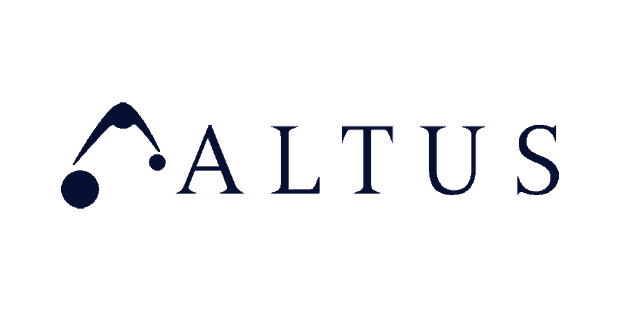
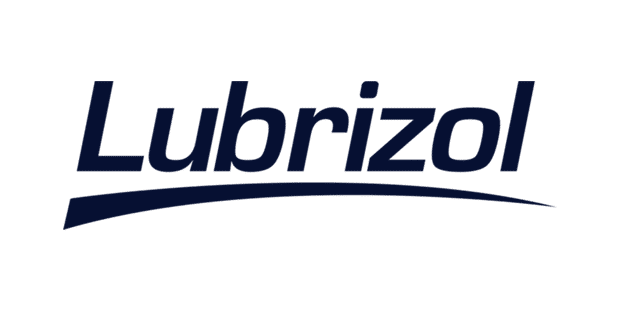

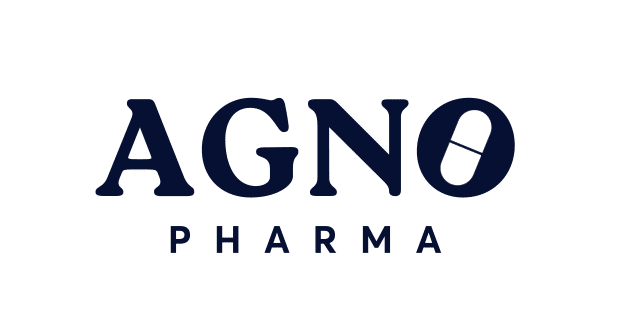
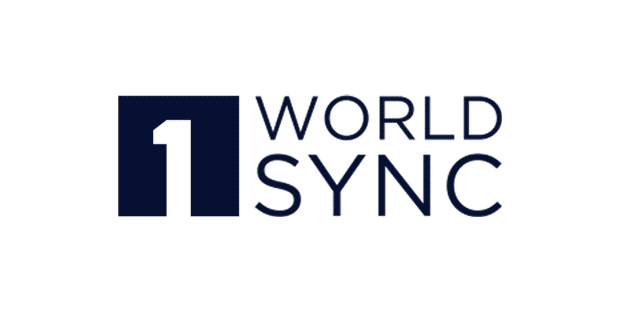
Our content strategy consultants help businesses adopt a brand-as-publisher approach to build their content engine to compete within Google. Our content strategy agency believes the right content ignites conversations, inspires action, and drives business success.
Two Decades of Creating Strategies that Fuel Growth For Local and Enterprise Brands
Blending creativity, insights, and years of industry experience, we empower businesses to connect with audiences.
Need Help? Contact Us Today.
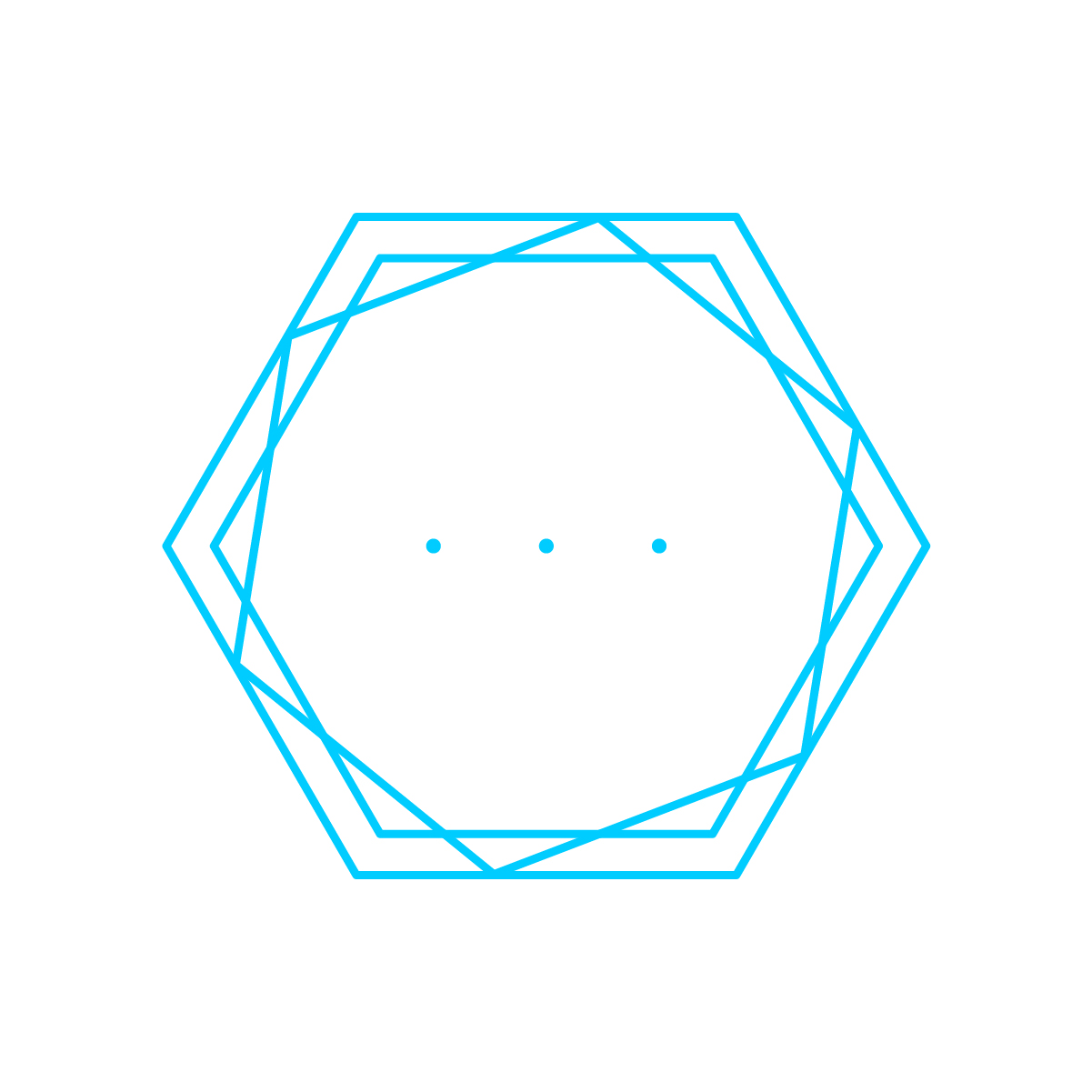
Content Strategy Challenges We Solve
Content Creation Services That Build Brands
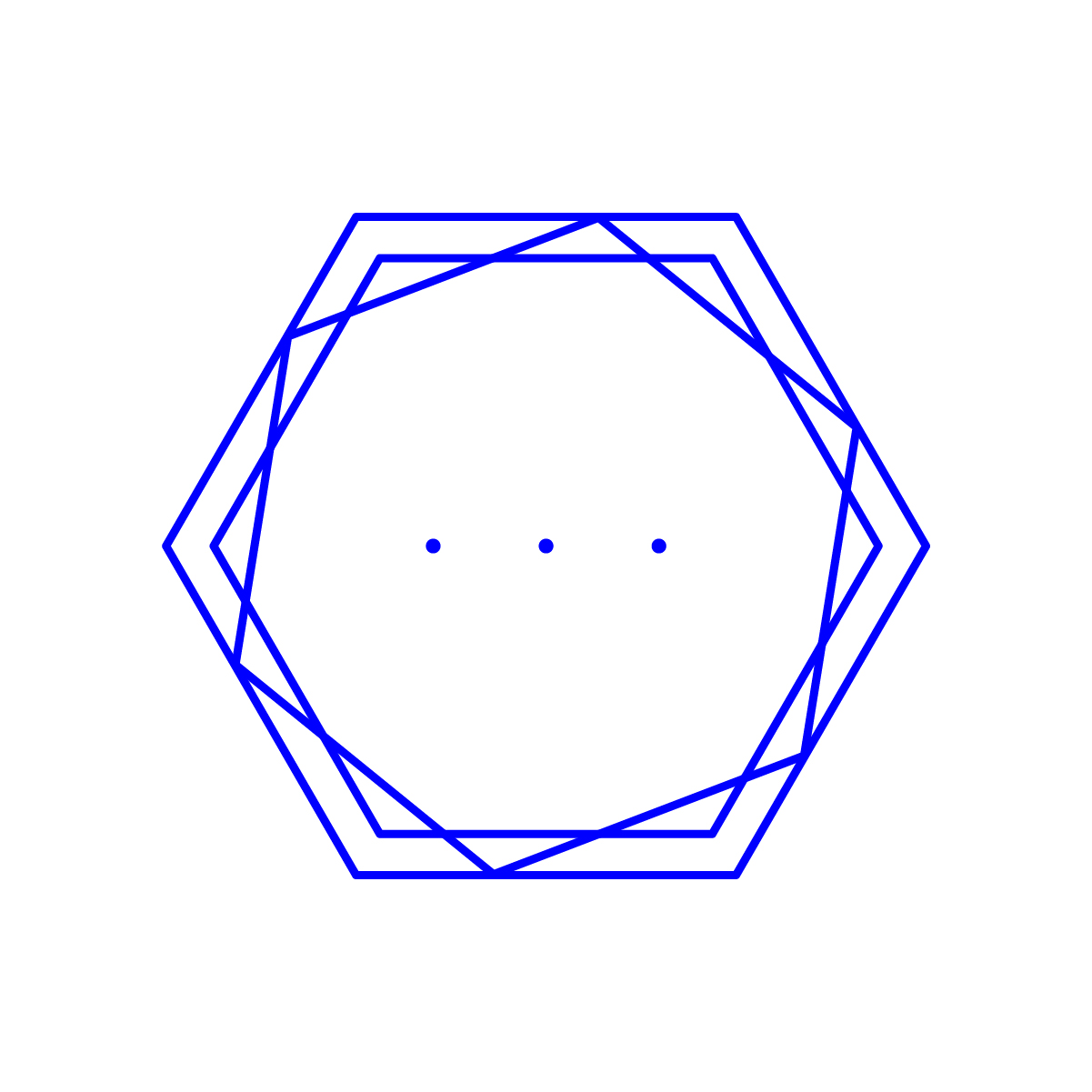

Creating a Content Strategy in a Competitive Industry
After many failed website / SEO projects over the years, I was determined to find someone who could actually deliver. Within just a few short months of working with Bill, he was able to transform our online presence and increased our organic traffic by 138%.
Bill provided us with a wonderful copywriter, Evan, who meets with one of our leadership team for a 30-minute interview, resulting in a powerful article being added to our blog each week. Now we are scrambling to keep up with the growth, which is exactly the problem I was hoping for!
Christine Romney
Our Content Strategy Process
Persona Definition
Content Inventory & Audit
Content Mapping
Intent Mapping
Content Identification
Content Optimization
Content Workflow
Governance Policies
Content Distribution
Measurement Strategy
Deliverable

Content Strategy FAQs
138%+
Google Traffic
51%+
Qualified Leads